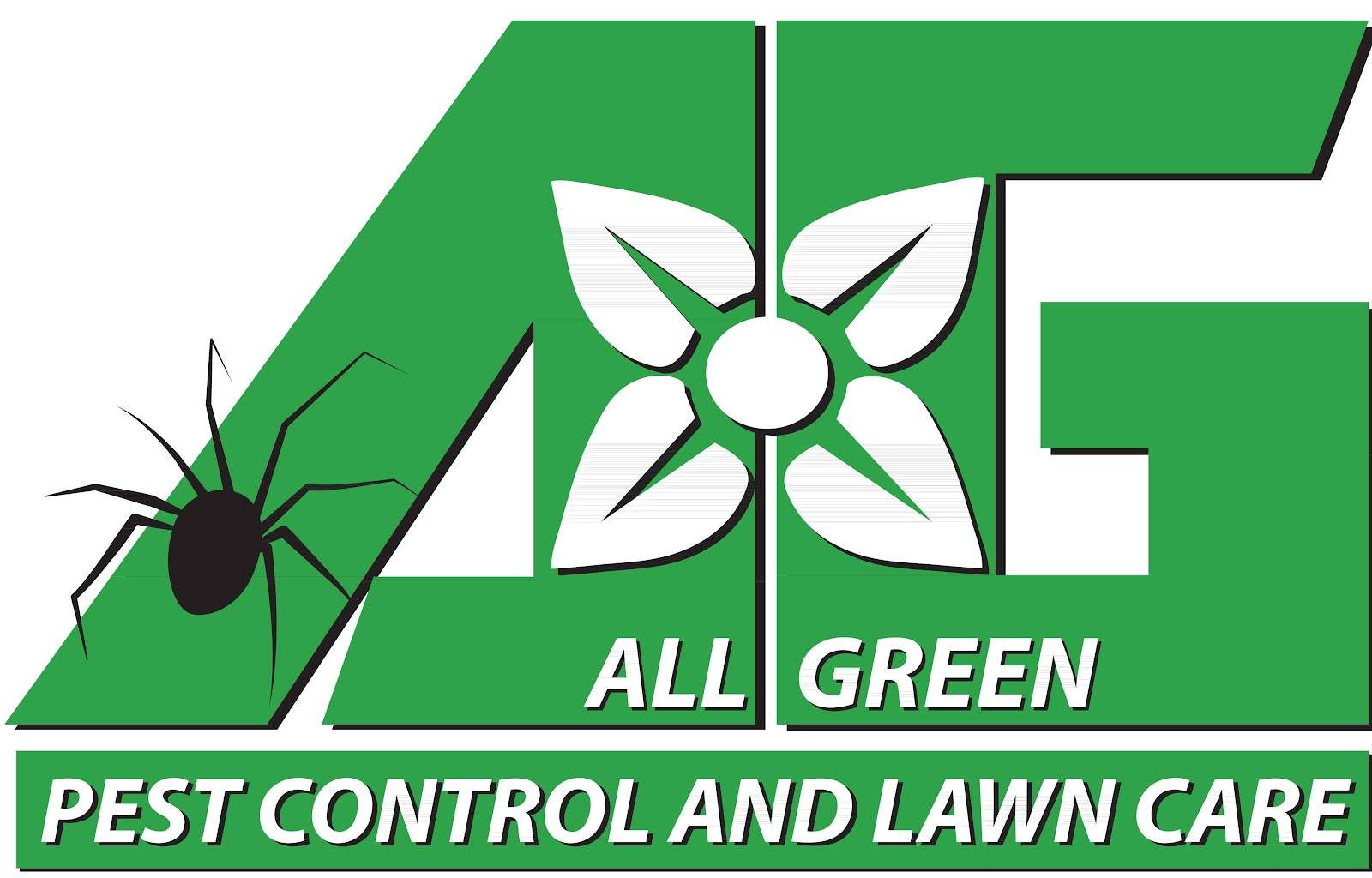
When summer heat hits Utah, many homeowners find themselves asking, “What’s wrong with my lawn?” A once-green yard can quickly turn patchy, dry, or diseased if the right steps aren’t taken. At All Green Pest Control & Lawn Care, we help residents in St. George, Draper, Ogden, and surrounding areas keep their lawns healthy all season long.
This guide explains common summertime lawn issues — from drought stress and sprinkler problems to fungal diseases and turf-damaging insects — and how to fix them.
🌱 Drought Stress & Watering Issues
One of the top causes of lawn decline in Utah’s summer heat is drought stress. Utah’s climate is classified as a high-altitude desert, which means long, dry summers, low humidity, and intense sun. Lawns here need different watering than lawns in humid or coastal areas.
Common signs of drought stress:
-
Grass blades fold lengthwise and look wilted.
-
Footprints stay visible on the lawn.
-
Grass color turns bluish-gray instead of bright green.
How Sprinkler Coverage Affects Drought Stress
Even if you water regularly, poor sprinkler coverage can lead to dry spots:
-
Inspect your system each month for leaks, clogs, or broken heads.
-
Adjust sprinkler heads to cover the entire lawn evenly.
-
Level tilted heads so spray patterns are correct.
-
Replace broken heads or nozzles to ensure proper flow.
-
Run periodic performance tests (place small cans to catch water and measure coverage).
✅ For more on sprinkler maintenance, see University of Utah Extension’s Irrigation Tips.
Watering Times & Soil Type
Different soils hold water differently:
-
Sandy soils drain fast — may need shorter, more frequent watering.
-
Clay soils hold water longer — water less frequently but longer per session.
-
Loam soils hold water well but can compact — aerate annually to improve absorption.
Summer Weather Patterns
In Utah’s dry climate, it’s better to water deeply and infrequently, ideally in the early morning. Avoid watering at night to reduce fungal growth.
🍂 Common Summer Lawn Diseases
Heat and humidity (even limited) can create perfect conditions for fungal lawn diseases. The three most common in Utah lawns are:
1️⃣ Summer Patch
-
Symptoms: Circular patches of yellowing grass, often forming rings.
-
Cause: Fungus Magnaporthe poae attacks roots in hot, humid weather.
-
Treatment: Improve drainage, aerate compacted soil, mow at the right height, and water deeply but not excessively. Use fungicides if needed. See Purdue Extension for more.
2️⃣ Dollar Spot
-
Symptoms: Small silver-dollar-sized spots that merge into larger brown areas. Look for hourglass-shaped lesions on grass blades.
-
Cause: Caused by Clarireedia spp., favored by warm days and cool nights with dew.
-
Treatment: Water early in the day, fertilize properly, avoid overwatering. Fungicides may help in severe cases. Learn more at University of Kentucky Extension.
3️⃣ Melting Out (Leaf Spot)
-
Symptoms: Purple or brown spots on blades that cause thinning and bare patches.
-
Cause: Caused by Drechslera spp. fungi in warm, humid conditions.
-
Treatment: Mow at recommended height, improve air circulation, avoid overwatering, and apply fungicide when needed. See NC State Extension.
🐛 Turf Insects That Damage Lawns in Summer
Insects thrive in warm weather too. Common culprits in Utah include:
Grubs
-
Signs: Grass lifts easily like a carpet, with white C-shaped larvae visible.
-
Treatment: Apply beneficial nematodes or grub control pesticides if damage is extensive. For info, see University of Minnesota Extension.
Billbugs
-
Signs: Dead patches in spring and early summer; sawdust-like frass near stems.
-
Treatment: Use insecticides targeting larvae early in the season. Mow at recommended heights and dethatch thick lawns.
Sod Webworm
-
Signs: Small brown moths flying at dusk, small tunnels in thatch, brown patches.
-
Treatment: Rake and dethatch lawns to disturb larvae. Apply insecticides if infestation is severe. Colorado State Extension has more.
Cutworms
-
Signs: Night-feeding caterpillars cut grass at the crown; wilted patches appear.
-
Treatment: Remove thatch, mow short before dusk, use insecticides if needed. Learn more from University of Nebraska Extension.
✅ How to Fix Summer Lawn Problems for Turf Insects, Lawn Disease, and more
Mechanical & Cultural Solutions:
-
Aerate compacted soil.
-
Keep mower blades sharp.
-
Adjust cutting height based on turf type.
-
Improve air flow by trimming trees and shrubs.
Chemical Solutions:
-
Apply fungicides if cultural practices fail.
-
Use insecticides carefully—follow label instructions and local regulations.
Pro Tip: Always test soil to ensure proper fertilization and pH balance.
📍 Local Utah Expertise: All Green Pest Control & Lawn Care
For healthy summer lawns in Utah’s unique high-desert climate, trust the experts at All Green Pest Control & Lawn Care. We proudly serve:
-
St. George, UT – Maps
-
Midvale, UT (Draper Service Area) – Maps
-
Provo, UT (Ogden Service Area covered) – Maps
We offer comprehensive lawn care, weed control, sprinkler tune-ups, pest control, and tailored programs for Utah’s climate.
📞 Contact Us:
-
St. George: (435) 288‑3115
-
Midvale/Draper: (801) 513-7300
-
Provo/Ogden: (801) 477‑1289
🌐 myallgreen.com
🌿 Final Thoughts
When summer heat strikes, your lawn needs the right balance of water, care, and protection from pests and diseases. By understanding Utah’s unique climate and acting early, you can enjoy a lush, green lawn all season.
Need help diagnosing or fixing your lawn? Contact All Green Pest Control & Lawn Care today — your local lawn care partner in St. George, Draper, Ogden, and nearby communities.
Sources:
Ready to protect your lawn? Get your free estimate today!
We want to make things easier for everyone with advice and insights. Whether that’s diagnosing lawn problems or trying to decide which lawn mower is right for you. Be sure to check out our blog about Robot Lawn Mowers vs Human Lawn Mowers. You’ll be surprised which one comes out on top in this battle royal!
